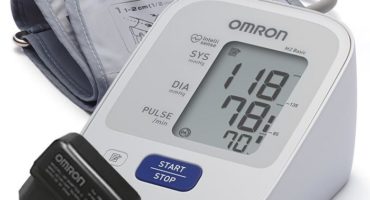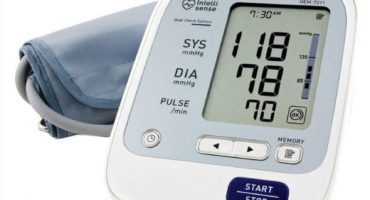Mechanical blood pressure monitors significantly superior to their electronic counterparts. Due to the high accuracy class, the device performs its function at the highest level - it measures blood pressure and provides the most accurate indicators. This device is trusted by many medical professionals.
But people suffering from frequent increase or decrease in pressure do not always have time to visit the hospital to contact qualified specialists. We will explain how to use a mechanical tonometer independently.
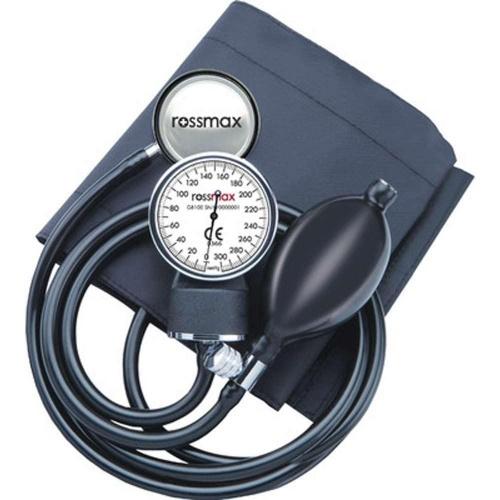
Mechanical blood pressure monitor
Product Description
Before studying the rules for measuring blood pressure, you need to understand the structure of the tonometer and the principle of its operation. He gained immense popularity by the simplicity and unpretentiousness of the design. The device consists of the following elements:
- A cuff that can be worn both on the arm and on the leg (their sizes are designed for different age categories).
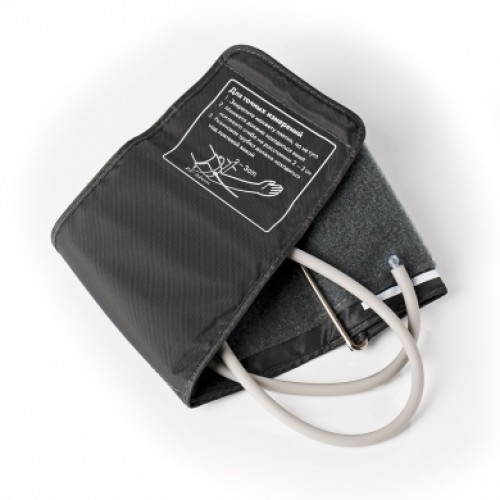
Cuff
- Supercharger (pears) with two valves. The first is designed to preserve air in the cuff, and the second - to release from it.

Pear
- A phonendoscope that listens to heart sounds.
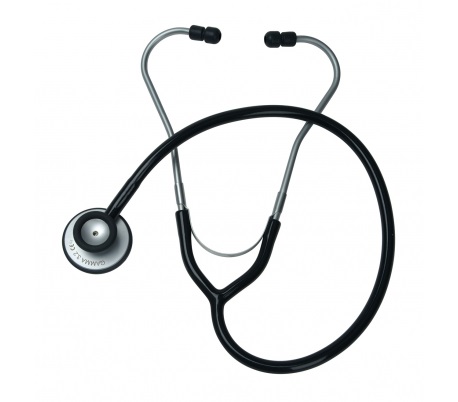
Phonendoscope
Mechanical pressure gauge with display (using the moving arrow you can determine the blood pressure at the time of measurement).
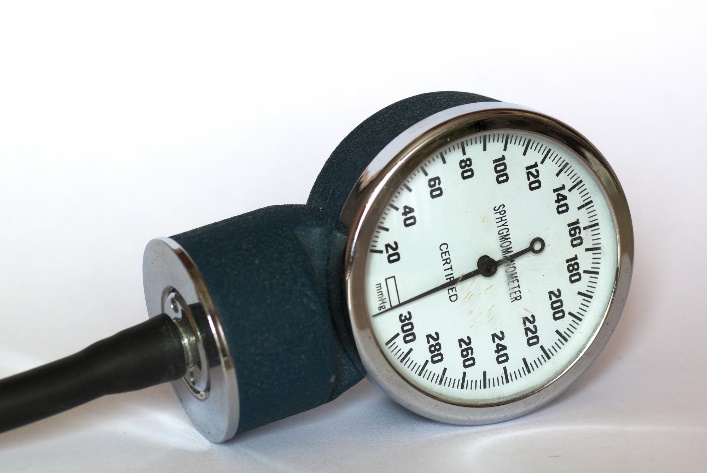
Pressure gauge
All components of the tonometer can be made from different materials. Some manufacturers use the highest quality, while others choose cheaper materials to save. The quality of the device can be determined by the final price and the attached certificate of conformity.
During the operation of the mechanical tonometer, air is pumped into the bag by the sleeve. At the same time, heart rhythms are heard by a phonendoscope.
The final indicator can be seen on the pressure gauge display. The most commonly used part of the body for checking pressure is the shoulder. However, it is not forbidden to carry out the process on other parts of the body. But doctors believe that it is in the shoulder area that you can fix an accurate and stable indicator.
Distinguish between aneroid and mercury mechanical tonometers. Aneroid devices are lighter, and mercury devices are less convenient due to their severity.
During the operation of the first, the injected air acts on metal parts, and in the second case, the mercury expands. Despite the fact that both are characterized by ease of use, you need to use the mercury tonometer very carefully, and finding it on sale is quite difficult. Therefore, it is recommended for home use to purchase a tonometer with an aneroid system due to its ease of use.
How to choose the cuff size?
The cuff includes a fabric sheath, an integrated rubber chamber and Velcro for fixation. The cuff is attached to the shoulder or wrist. Cuffs come in different sizes, differ in circumference (coverage). To get accurate readings when measuring blood pressure, you need to choose a size so that the air chamber in length does not differ much from the girth of the arm.
On the packaging, the size is always indicated in two digits, for example: 20-40 centimeters. It is necessary to purchase a cuff in which the specified range corresponds to the circumference of the arm. To determine the size of the shoulder, you need to correctly measure the girth between the clavicle and the ulnar fossa.The cuff is sold in three standard sizes: S - for children, M - medium, L - large.
At carpal tonometer also has a cuff. But since it is small, it can not be worn by full people, although they also release it in three versions, like the shoulder cuffs.
How does the pose affect pressure indicators and which one to take?
To accurately determine blood pressure, you need to achieve maximum muscle relaxation. Therefore, it is recommended to sit on a chair or chair with a back for several minutes before measuring. In this case, you can not cross or throw one on the other legs, since arteries can be transmitted as a result. And this will lead to a change in indicators.
Hands should not be in a hanging position, they must be placed on the table so that they are parallel to the heart. You should also avoid crushing clothes. In this position, it is recommended to sit for ten minutes before the procedure, without talking to anyone, not watching TV and not making active movements. Otherwise, the indicators may be untrue. It is not forbidden to measure blood pressure while lying down, but all of the above rules must be observed.
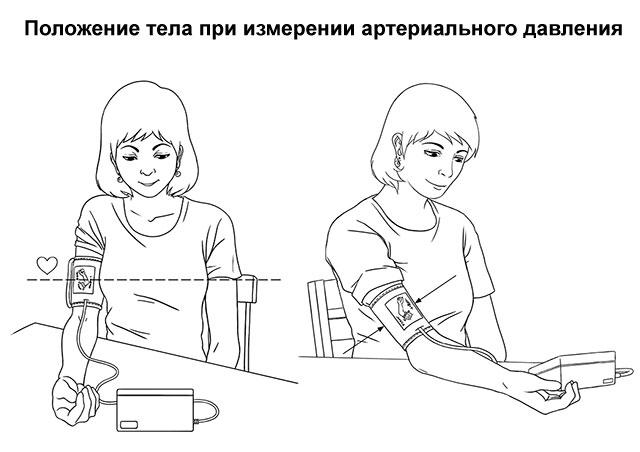
Correct body position when measuring pressure
For accuracy, you need to find out which hand should be checked. To determine this, you need to measure the pressure on two hands about ten times with intervals of two to three minutes. After the indicators with the left and right hands are recorded in two columns, the analysis is performed. You need to measure the pressure on the hand on which the result is higher.
Differing indicators on both hands are not considered a deviation, and this is due to the anatomical feature of the functioning of the heart muscle. If the result is the same or different, but not significantly, then the test should be carried out on the right hand, and for lefties - on the left.
The tonometer cuff should be located on the bare part of the arm, two centimeters above the elbow. If it is located above the heart, the measurement result will be underestimated, and if it is lower, it will be overestimated.
The inaccuracy may prove to be decisive, since if you shift a couple of centimeters to either side of the level of the heart muscle, you can get readings two millimeters of mercury more or less. In this case, the cuff must be evenly tightened so that it covers the entire arm and fastens with Velcro. The needle on the pressure gauge should be in the zero position before the start of the procedure.
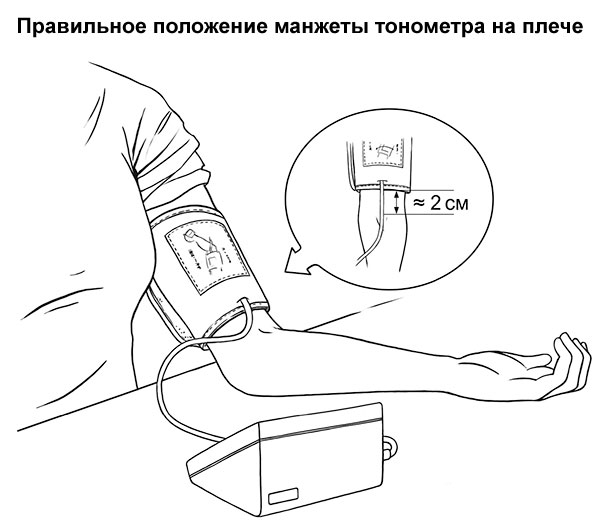
Correct cuff position
How to prepare for pressure measurement?
It should be noted that it is unusual for blood pressure to always be at the same level. There are factors affecting the change in indicators that cannot be completely prevented, but can be minimized.
So, in an anxious or exciting state, the result can be significantly overstated. Therefore, before proceeding with the measurement of blood pressure, the following circumstances should be considered:
- With a full bladder, blood pressure may be too high.
- Regular lack of sleep and constipation also affect the performance.
- Low air temperatures can increase blood pressure. Therefore, the check must be carried out in a room with a temperature of at least 20 degrees.
- Taking coffee, tea, cola and smoking leads to high blood pressure.
- Erroneous results can be caused by movements in the measurement process or conversations.
- To get true results, measurements should be made in the same position, only on one arm and at the same time of day.
In addition, before checking the pressure in 40 minutes, you need to avoid eating food, in two hours - smoking, energy drinks and alcohol.
You also need to refrain for an hour and a half from taking an adrenomimetic, which is contained in many drops for the eyes and nose with the effect of vasoconstriction.
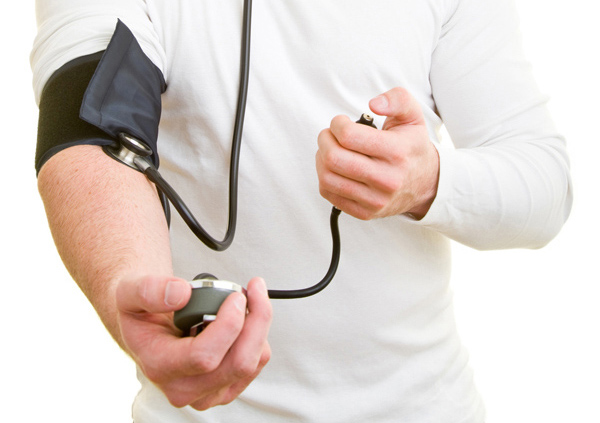
Self pressure measurement
Steps for measuring pressure with a mechanical tonometer
How to use a mechanical tonometer independently, everyone needs to know. The process is carried out in the following steps:
- The cuff should be put on so that there is a gap to the elbow joint of a few centimeters from the bottom.
- When measuring pressure in a sitting position, the hand should be completely relaxed and lie on a hard surface. The edge of the cuff should be visually flush with the heart. That is, the arm and body together should look like a 45-degree angle.
- When measuring pressure in a horizontal position, the shoulder should also be located at a 45-degree angle with respect to the torso.
- To diagnose orthostatic hypotension, a blood pressure measurement is performed while standing. A minimum of one minute must elapse from the moment you ascend from an upright position.
- Put on the phonendoscope and lay it on the pulsating point of the artery.
- With the help of a pear, air is pumped into the cuff, and when pulsation on the elbow bends disappears, pumping must be continued until the pressure gauge displays about 200 millimeters of mercury.
- Carefully unwind the valve and gradually release air from the cuff, while listening to the sound of the pulse. The appearance of the first stroke will mean systolic pressure, and the beginning of attenuation of strokes - diastolic.
- After fixing the diastolic indicator, it is necessary to begin to reduce the pressure in the cuff. To do this, the valve located above the blower is carefully unscrewed.
- The decline should be smooth, but you can not make stops. With tachycardia, a decrease in pressure is necessary quickly, and with bradycardia it is slow.
- It is necessary to fix the data on the pressure gauge accurately, a deviation of two millimeters is allowed.

Indication of the final result on the gauge scale
To recheck the indicators, you need to fix the average indicator with interruptions of three to five minutes. In the process of measuring blood pressure, a mechanical tonometer does not exclude collisions with problems in the presence of any pathology.
With such a problem, it is better to visit a qualified specialist to tell him how to use the device in a particular case.
Difficulties can also arise if the cuff does not fit the size of the arm or the person conducting the test has difficulty with hearing acuity and coordination.
To use mechanical tonometer it’s not so difficult on your own, the main thing is to follow all safety precautions and the rules of the procedure.

